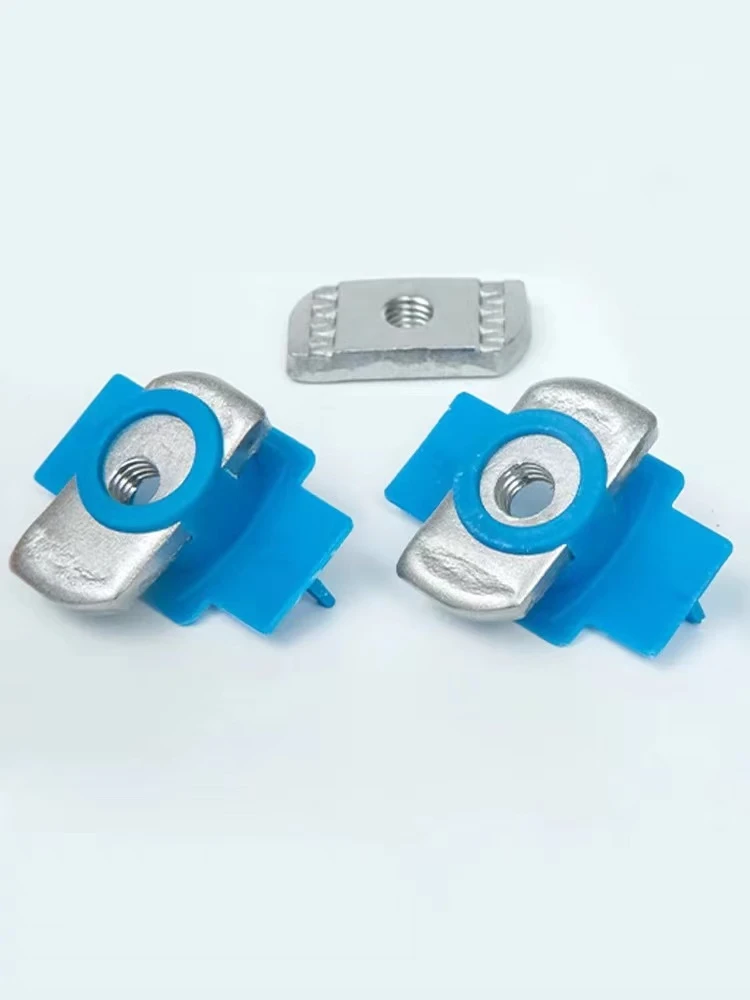

self tapping screws for aluminum extrusion
Dec . 05, 2024 15:25 Back to list
self tapping screws for aluminum extrusion
Self-Tapping Screws for Aluminum Extrusion A Comprehensive Guide
Aluminum extrusion is a popular manufacturing process that involves shaping aluminum alloy into a wide variety of profiles. This versatility makes it an essential choice for a multitude of applications such as construction, automotive, electronics, and more. One of the critical components in assembling aluminum extrusions is the use of self-tapping screws. This article explores the importance, features, and applications of self-tapping screws for aluminum extrusion, along with best practices for their usage.
What are Self-Tapping Screws?
Self-tapping screws are a specific type of fasteners designed to create their own hole as they are driven into materials. This function is particularly advantageous in situations where existing holes are not available, allowing for quick and efficient assembly or joining of materials. These screws eliminate the need for pre-drilling, thereby saving time and labor costs in manufacturing processes.
Features of Self-Tapping Screws for Aluminum Extrusion
1. Material Compatibility While self-tapping screws can be made from various materials, those designed for aluminum extrusion are often made with corrosion-resistant coatings or from materials like stainless steel. This ensures durability and compatibility with the aluminum profiles.
2. Thread Design The thread design of self-tapping screws used for aluminum is critical. The screws often come with sharp threads that can easily cut through the aluminum material. These screws may be categorized into two types thread-forming screws, which displace material to create a thread, and thread-cutting screws, which remove material to form a thread.
3. Head Types Self-tapping screws come in several head styles, including pan, flat, and round heads. The choice of head type can impact the screw's performance and aesthetic appeal. For instance, a countersunk head allows for a flush finish, which may be preferable in visible applications.
4. Sizes and Lengths Self-tapping screws for aluminum extrusions are available in various sizes and lengths, allowing for flexibility based on the specific design and application needs. The right size ensures a strong hold without compromising the integrity of the aluminum.
Applications of Self-Tapping Screws in Aluminum Extrusion
The applications for self-tapping screws in aluminum extrusion are vast and varied
1. Structural Assemblies In construction and architectural applications, self-tapping screws are used to secure aluminum profiles together, ensuring structural integrity and stability for elements such as frames and supports.
self tapping screws for aluminum extrusion

2. Signage and Displays Many signage and display systems utilize aluminum extrusions for their lightweight yet sturdy characteristics. Self-tapping screws provide an efficient means of mounting components or attaching panels to these frames.
3. Automotive Industry Self-tapping screws play a crucial role in the assembly of various automotive parts. Aluminum is frequently used in vehicle construction for its light weight and strength, and self-tapping screws are ideal for joining these components.
4. Electrical Enclosures Aluminum is often chosen for electrical enclosures due to its excellent thermal management and shielding properties. Self-tapping screws help securely fasten covers and components within these enclosures.
Best Practices for Using Self-Tapping Screws with Aluminum Extrusion
To maximize the effectiveness of self-tapping screws, consider the following best practices
1. Correct Drill Size Always use the appropriate drill size based on the screw type and application. This ensures that the threads engage properly and achieve a strong hold without damaging the material.
2. Use of Lubrication When dealing with thicker aluminum profiles, applying a lubricant can help reduce friction, making it easier for the screws to tap into the material and minimizing the risk of wear.
3. Avoid Over-tightening Over-tightening can damage the aluminum extrusion or the screw itself, compromising the integrity of the connection. It is crucial to apply the correct torque based on the size and application.
4. Regular Inspection Periodically inspect connections to ensure that screws remain tight and intact, particularly in high-vibration environments.
Conclusion
Self-tapping screws are indispensable in the assembly of aluminum extrusions, offering efficiency and versatility for various applications. Understanding their features and appropriate usage is vital for achieving the best results in any project involving aluminum profiles. By following best practices, manufacturers can ensure reliable and durable connections, ultimately leading to high-quality and long-lasting products.
Latest news
-
Hot Dip Galvanized Bolts-About LongZe|High Strength, Corrosion Resistance
NewsJul.30,2025
-
High-Strength Hot Dip Galvanized Bolts - Hebei Longze | Corrosion Resistance, Customization
NewsJul.30,2025
-
Hot Dip Galvanized Bolts-Hebei Longze|Corrosion Resistance&High Strength
NewsJul.30,2025
-
High-Strength Hot-Dip Galvanized Bolts-Hebei Longze|Corrosion Resistance&High Strength
NewsJul.30,2025
-
Hot Dip Galvanized Bolts-Hebei Longze|Corrosion Resistance&High Strength
NewsJul.30,2025
-
Hot Dip Galvanized Bolts - Hebei Longze | Corrosion Resistance, High Strength
NewsJul.30,2025

